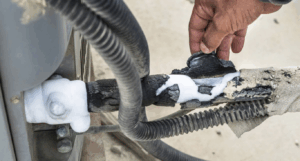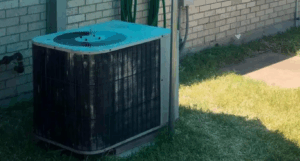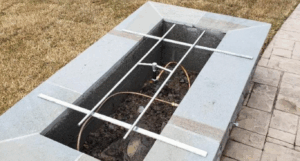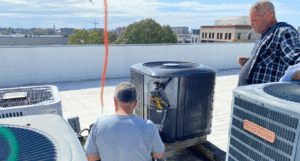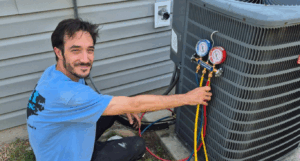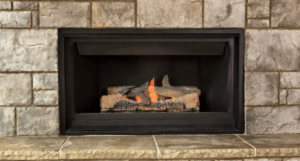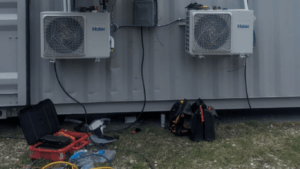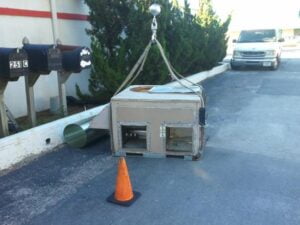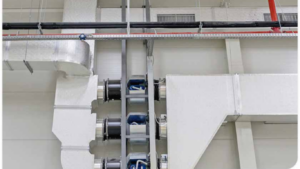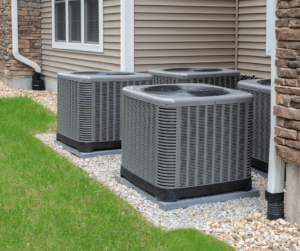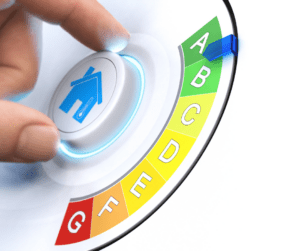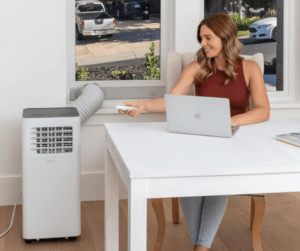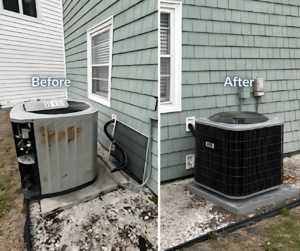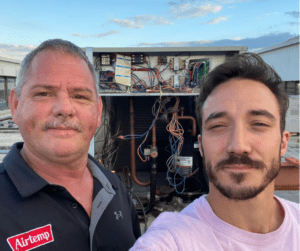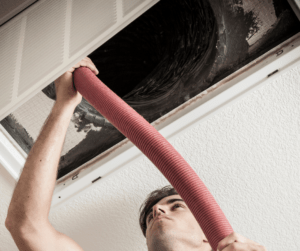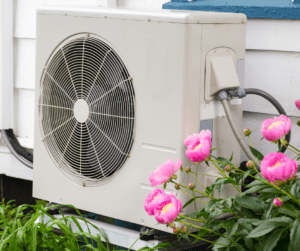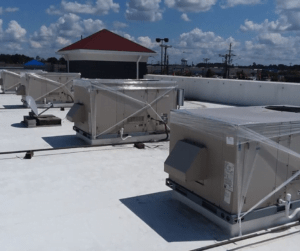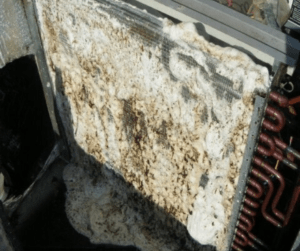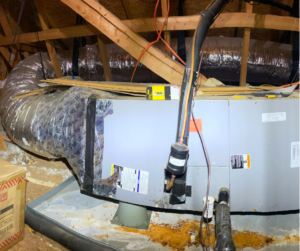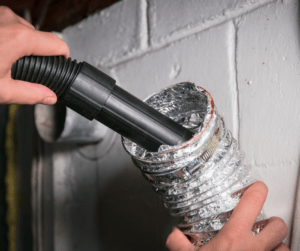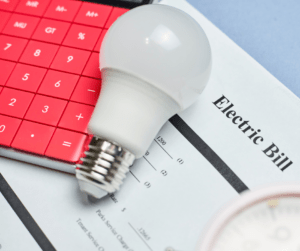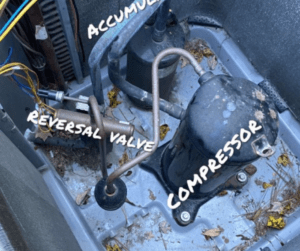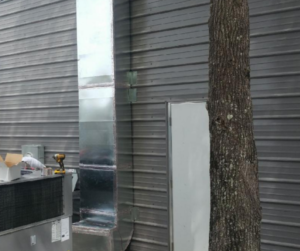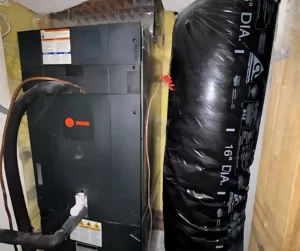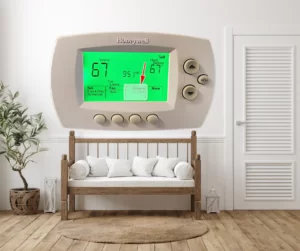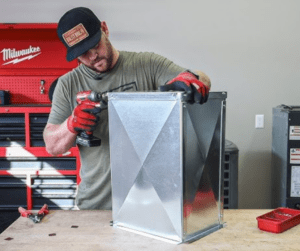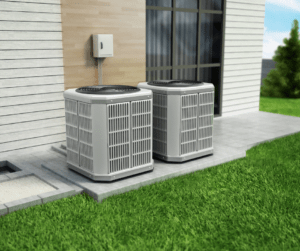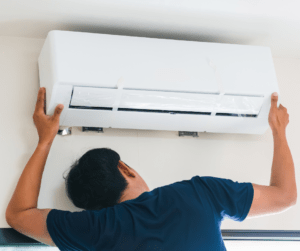Simple Steps to Clean Your HVAC Coils
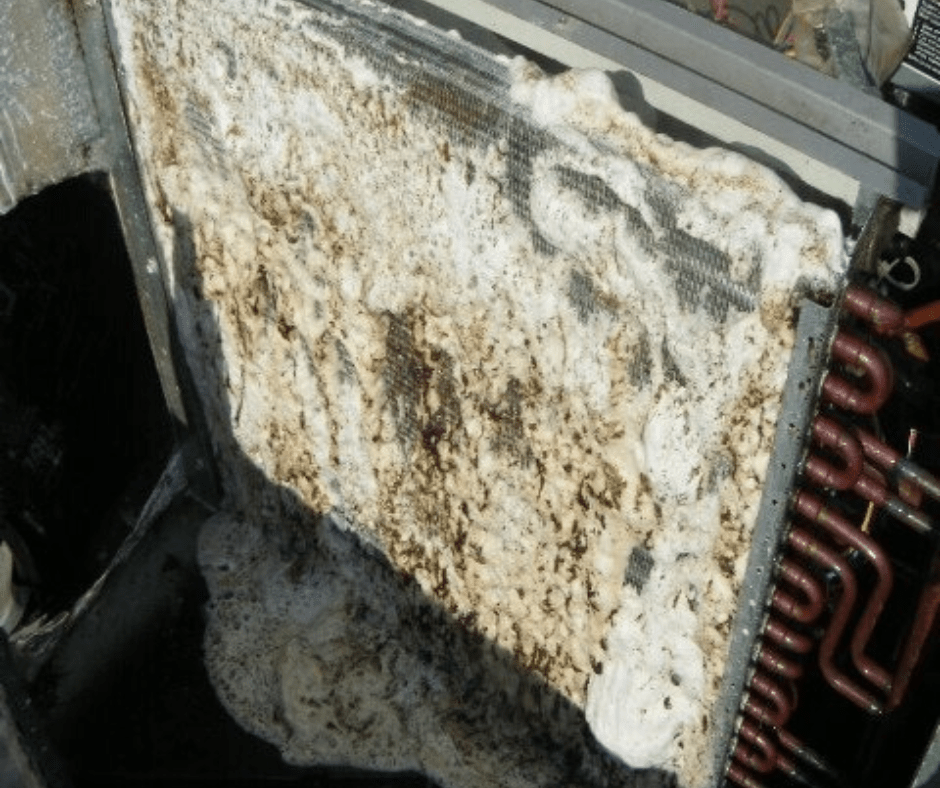
Introduction to Cleaning HVAC Coils
Keeping your HVAC system in top working order involves various maintenance tasks, and one of the most important is cleaning the HVAC coils. These coils are essential for heat exchange, and when they become dirty, their efficiency drops, leading to higher energy bills and less effective heating and cooling. Cleaning your HVAC coils isn’t just about improving system performance; it’s also about ensuring better indoor air quality. When coils are clogged with dirt and grime, contaminants can be circulated through your home, potentially impacting health.
You don’t need to be a professional heating and air conditioning technician to clean your HVAC coils. With some basic tools and a little know-how, you can perform this task yourself, saving on heating and cooling service costs and gaining the satisfaction of a job well done. In this guide, we’ll walk you through the simple steps to clean your HVAC coils, making the process approachable and straightforward. From identifying the signs that your coils need cleaning to gathering the right tools and executing the cleaning process, we’ve got you covered.
Whether you’re a seasoned DIYer or just starting to take control of your home’s maintenance, you’ll find this guide useful and empowering. Regular cleaning of your HVAC coils can significantly enhance your heating and air conditioning system’s efficiency and longevity. So, let’s dive in and explore how you can keep your HVAC system running smoothly and your home’s air clean and healthy.
Advantages of Routine HVAC Coil Maintenance
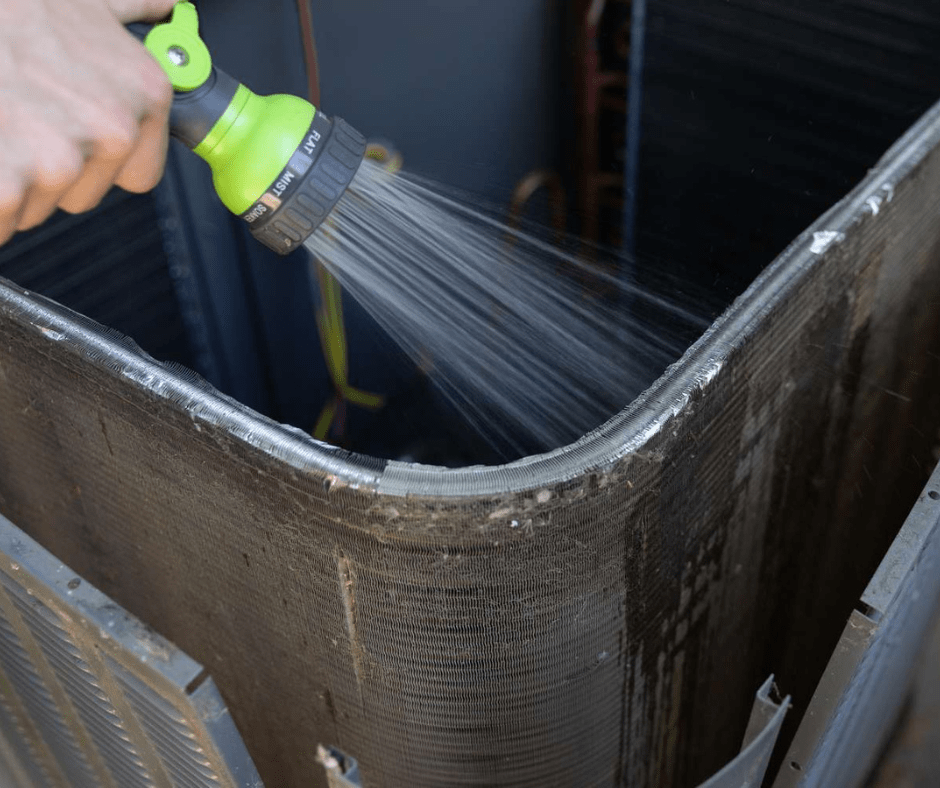
Regularly maintaining your HVAC coils can make a significant difference in both performance and efficiency. When your coils are clean, your HVAC system doesn’t have to work as hard to heat or cool your home or business, which means it uses less energy. This not only helps lower your energy bills but also reduces wear and tear on your HVAC system, potentially extending its lifespan.
Another major advantage of clean HVAC coils is improved air quality. Dirty coils can harbor dust, mold, and other contaminants that get circulated throughout your home. These can aggravate allergies and respiratory issues. By keeping your heat pump coils clean, you ensure that the air flowing through your HVAC system is cleaner, contributing to a healthier indoor environment.
Additionally, regular coil maintenance can help you avoid unexpected heatign and air conditioning breakdowns. When coils are clogged, the HVAC system operates under strain, which can lead to overheating and eventual failure. By keeping the coils clean, you minimize the risk of costly residential and commercial heating and air conditioning repairs and ensure your system runs smoothly when you need it most.
Proper coil maintenance also supports consistent and reliable temperature control. Clean coils facilitate efficient heat exchange, allowing your system to maintain your desired indoor temperature more effectively. This can enhance your overall comfort, making your home a more pleasant place to live.
Investing a little time in maintaining your HVAC coils can pay off significantly in terms of energy savings, system longevity, and air quality. By incorporating routine coil cleaning into your home maintenance routine, you take a proactive step towards ensuring the optimal performance of your HVAC system and the well-being of your household.
Indicators That Your HVAC Coils Require Cleaning
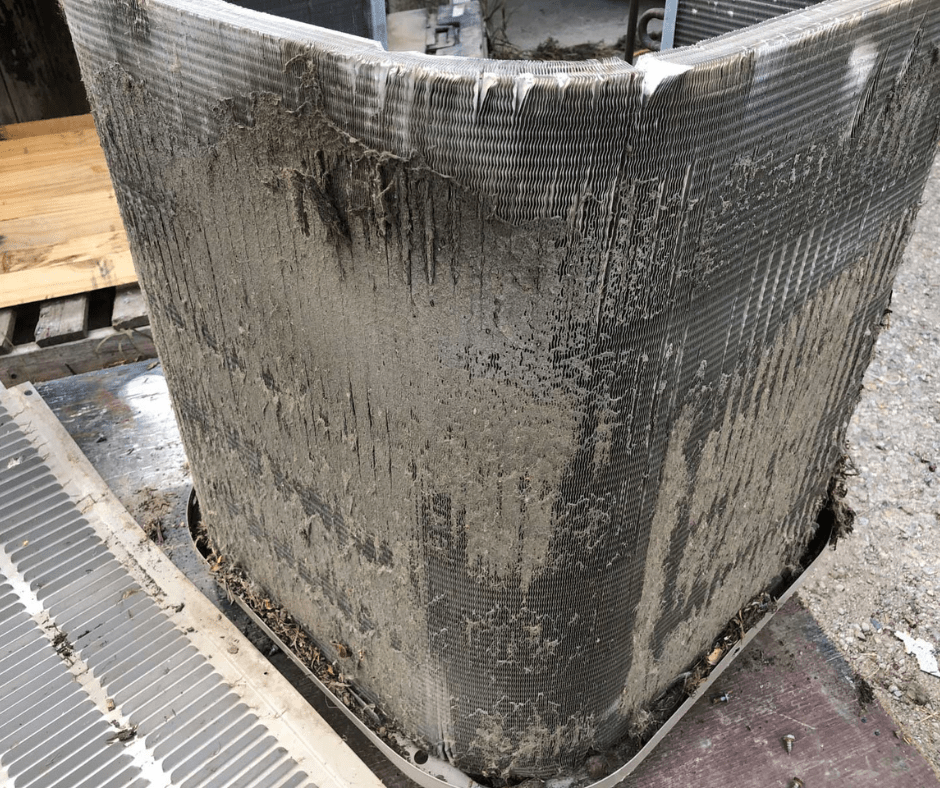
If you suspect your HVAC system isn’t performing as efficiently as it should, your coils might need cleaning. One key sign is an unexpected rise in energy bills, as dirty coils cause the system to use more power to achieve the same level of heating or cooling. Poor airflow is another clue; if you notice that air isn’t moving through your vents as forcefully as it used to, the coils could be blocked.
Another indicator is uneven temperatures in your home. If some rooms are warmer or cooler than others despite your efforts to set a consistent temperature, dirty coils could be the culprit. Additionally, listen for unusual noises. If your HVAC system is making more noise than usual, it might be working harder due to clogged coils. Unpleasant odors can also signal that it’s time for a cleaning. If you smell mold or mildew when your HVAC system is running, it’s possible that dirt and moisture have accumulated on the coils, creating a breeding ground for these contaminants.
Visual inspection can also help. If you have easy access to your HVAC coils, check them for visible dirt, dust, or debris. While not everyone will feel comfortable doing this, those who do may catch early signs of buildup before it impacts performance. Finally, pay attention to how often your system cycles on and off. Frequent cycling can indicate that the coils are dirty and struggling to maintain the set temperature.
By being mindful of these indicators, you can take action before minor issues turn into major problems, ensuring your HVAC system remains efficient and effective.
Detailed Instructions for Cleaning HVAC Coils
Cleaning your HVAC coils is a manageable task if you follow a clear process. First, make sure to switch off the power to your HVAC system. This step is crucial to avoid any electrical risks. Next, gently remove any surface dirt and dust using a soft brush or a vacuum with a brush attachment. This initial step helps to clear away loose particles.
Once the surface debris is cleared, it’s time to apply a cleaning solution. Choose a cleaner specifically formulated for HVAC coils. These cleaners are designed to break down grime without harming the coils. Follow the instructions on the product label for the best results. Apply the solution evenly across the coils and allow it to sit for the recommended time to loosen the grime.
After the solution has had time to work, gently scrub the coils with a soft brush to remove any remaining dirt. Be careful not to apply too much pressure, as the coils can be delicate. Once you’ve scrubbed the coils, rinse them thoroughly with water. You can use a spray bottle or a garden hose, depending on your preference and the accessibility of the coils.
Ensure all cleaning solution and residue are completely rinsed off. It’s important to allow the coils to dry fully before turning the power back on. You can speed up the drying process by using a cloth to gently dab off excess water or by simply giving it time to air dry.
By following these steps, you’ll be able to effectively clean your HVAC coils, enhancing your system’s performance and ensuring better air quality in your home.
Necessary Tools and Supplies
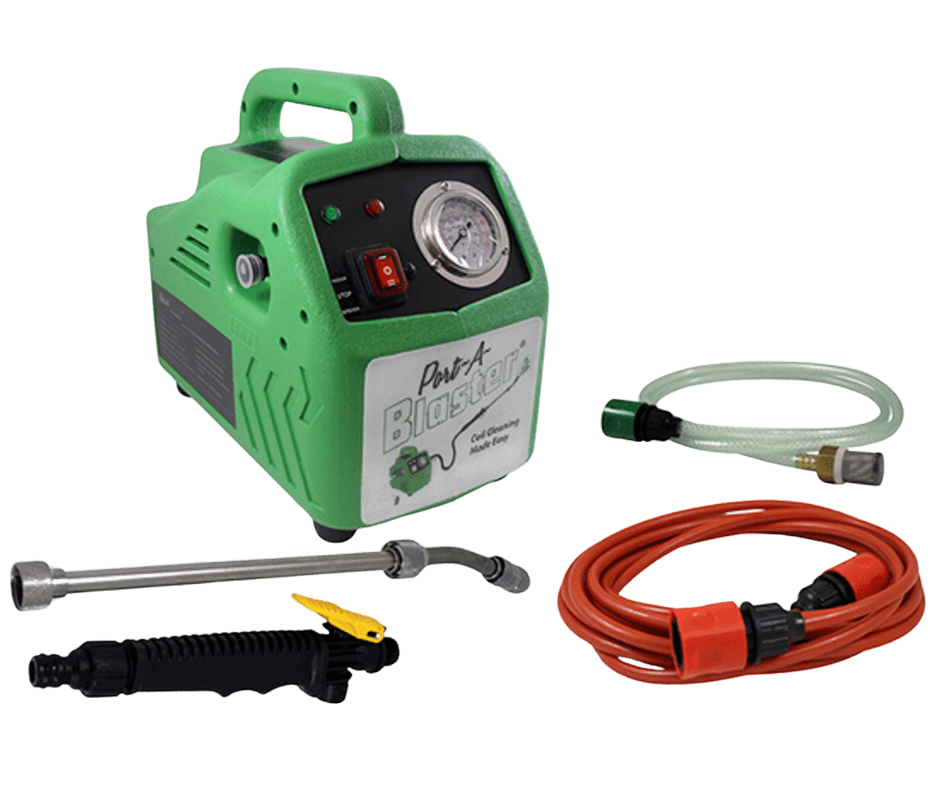
To ensure a smooth and efficient cleaning process for your HVAC coils, it’s important to gather all necessary tools and supplies beforehand. Start with a soft brush or a vacuum cleaner with a brush attachment, which will help you remove loose dirt and dust from the coils. These initial steps make it easier for the cleaning solution to penetrate and work effectively.
For the cleaning solution, choose one specifically designed for HVAC coils. These products are formulated to break down grime without damaging the coils. Foaming coil cleaners are particularly effective as they expand to reach deep into the coils, ensuring a thorough clean. Make sure to follow the manufacturer’s instructions on how to apply the cleaner for the best results.
A spray bottle filled with water or a garden hose will be useful for rinsing off the cleaning solution after it has done its job. This step is crucial to remove all residues and ensure the coils are left clean and free of any cleaning chemicals.
Additionally, have some soft cloths or rags on hand to gently dab off any excess water, helping the coils dry more quickly. If you have an accessible and safe work area, you might also consider using a low-pressure air blower to assist in drying the coils.
Having these tools and supplies ready will set you up for a successful cleaning session, making the task straightforward and manageable.
Preventative Actions to Maintain Clean Coils
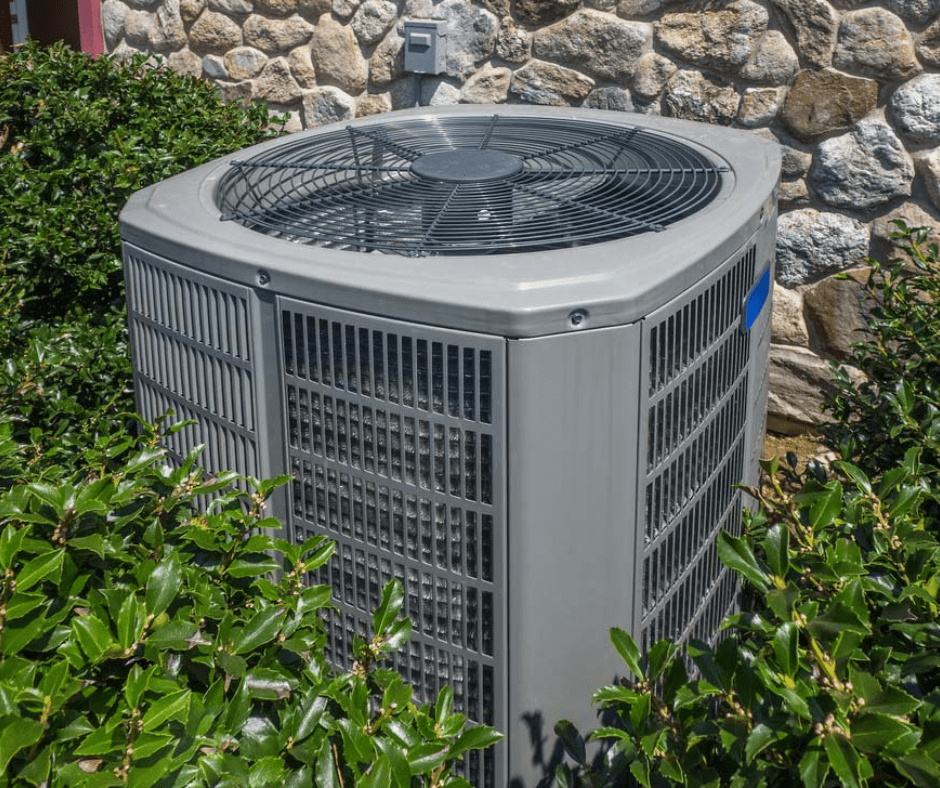
Preventing dirt and grime buildup on your HVAC coils is a key part of maintaining your heating and cooling system’s efficiency. A simple yet effective strategy is to schedule regular inspections and cleanings. Depending on your usage and environment, aim to check and clean your coils at least once or twice a year.
Using high-quality air filters is another essential step. These filters trap dust and debris before they can reach the coils, keeping them cleaner for longer. Remember to replace or clean these filters regularly according to the manufacturer’s guidelines.
Ensuring your home’s surroundings are clean can also help. Keep the area around your outdoor unit free from leaves, grass clippings, and other debris. This helps minimize the amount of dirt that gets drawn into the system.
You might also consider installing a UV light near the coils. UV lights can kill mold and bacteria, preventing these from accumulating on the coils and reducing the need for frequent cleanings.
Proper airflow is critical for maintaining clean coils. Make sure vents and registers are not blocked by furniture or other objects. This ensures that air can circulate freely, which helps the HVAC system function more efficiently.
Lastly, regular professional air conditioning and heating maintenance can be beneficial. While DIY cleanings are effective, a professional HVAC company can provide a more thorough inspection and address any issues you might miss.
By incorporating these preventative measures into your routine, you can significantly extend the life of your HVAC system and ensure it operates at peak efficiency. This proactive approach will help maintain a comfortable and healthy indoor environment for you and your family.
Conclusion
You should now have a true understanding of just how important it is to keep your HVAC coils clean. Also, by following the steps you have learned here today, you should be able to clean your HVAC coils yourself saving you some money and making your home or business more energy efficient.
For more air conditioning and heating installation, repair, and maintenance tips, be sure to read our following related articles.


